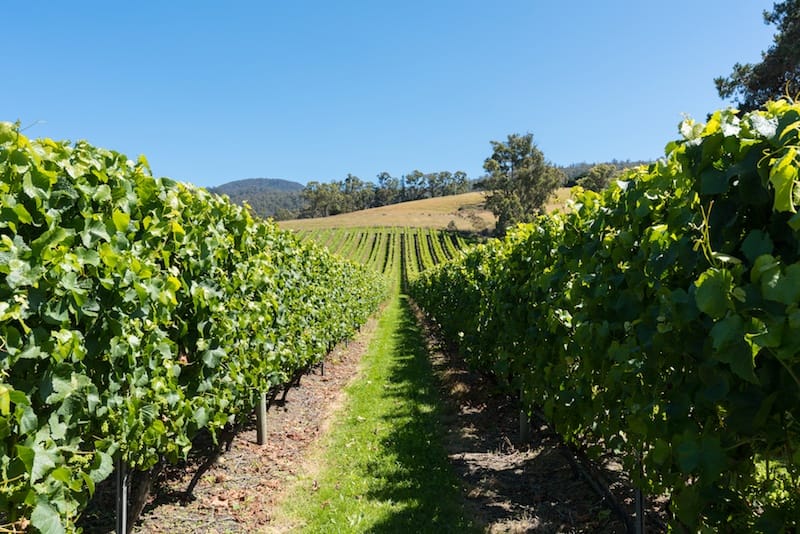
With its native forests, wild flowing rivers, rolling green hills and unpolluted beauty, Tasmania is considered ‘clean and green’. I saw this first-hand the first weekend in November at the third annual Effervescence Sparkling Wine Festival held in Launceston. As the name implies, this festival is all about celebrating Tasmania’s world-class sparkling wines.
For me, the event kicked off on the Thursday night at Me Wah restaurant with a six-course dinner showcasing local produce matched with five Champagnes – including the stunning Pol Roger Sir Winston Churchill 2002 – along with five Tasmanian sparkling wines: Apogee Deluxe Vintage Brut 2013, Stefano Lubiana Grand Vintage 2007, Jansz Single Vineyard Chardonnay 2010, Kreglinger Brut Rosé 2006 and the House of Arras EJ Carr Late Disgorged 2003. Each was an ambassador for the sensational quality of sparkling wines being produced in Tasmania.
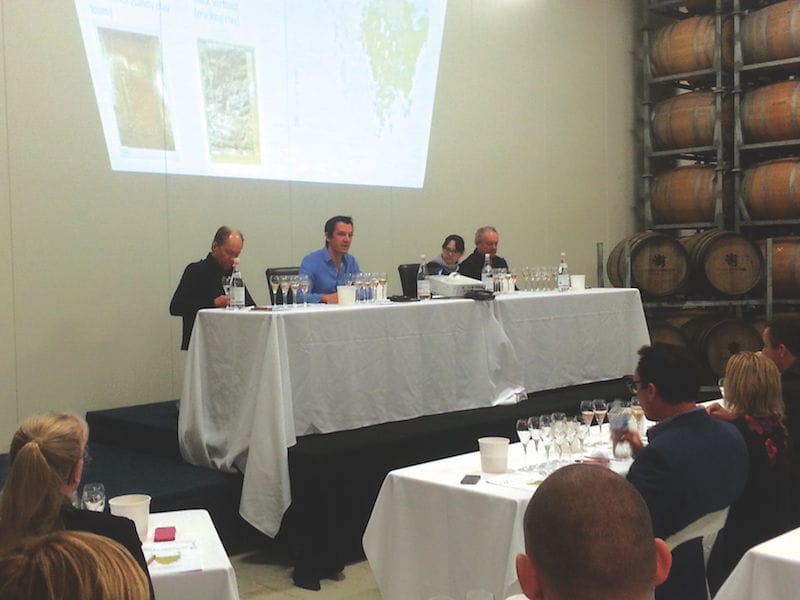
On the Friday morning there was a Tamar regional tasting conducted at the beautiful Moores Hill winery, where the winemakers from five other wineries presented their wines. (This was another indication of how closely the Tasmanian wine industry work together, that they would allow other wineries to showcase wines at their winery.)
The wineries present were: Moores Hill with a blanc de blanc N/V sparkling that was damn fine and a riesling that had crunchy, green-apple flavours on the palate. Their 2015 chardonnay had citrus aromas with hints of toasty butteryness and nuts. On the palate it was ever-so-moreish with a long, lingering finish.
Next came the guys from Grey Sands, who showed us four wines, culminating in their 2008 merlot (current release) which, at eight years old, is still quite tight and reserved despite the fact that they use Diam corks to aid in the softer development of the wine. This is a pretty big merlot that demands to be accompanied by food to show at its best (which is bloody good). They also showed their 2013 The Mattock (current release), a merlot malbec cabernet franc blend – a big-structured wine in which the cabernet franc softens the merlot. The blend works a treat and at five years old, is just starting to soften off and open up.
Then, Dalrymple Wines showed their Cave Block 2013 Chardonnay, which is made to represent the site and viticulture as much as possible. Thus while there was oak fermentation, there was no lees stirring (battonage) – they gently roll the barrels instead. These guys make five different pinot noirs, of which they showed the Cottage Block 2013 and Bicheno 2013 Single Site, which comes from one of only two vineyards on dark clay soil around Bicheno on the east coast. The aromas from this wine were more reminiscent of an elegant nebbiolo, with smoky, tarry characters rather than normal pinot red-fruit aromas.
Marion’s Vineyard has one of the earliest planted vineyards in the area. They grow 17 grape varieties, including the increasingly rare müller-thurgau and the Greek red, mavrodaphne, which is grown in Australia by only one other winery. Marion Vineyards showed two pinot noirs: their traditional 2013 from the oldest commercial vineyard in the region and their new label, Beautiful Isle 2015, which is a bright, contemporary, classy wine. However, their most interesting wine was the Marion 2014 Syrah, which is a svelte wine made from vines planted in the 1980s. This was a very classy, cool-climate shiraz with hints of spice and white pepper.

The next presenter was Bay of Fires Wines, starting with the 2015 riesling made mainly from Coal River fruit. This was a very elegant, complex riesling due to the lees being worked in tank and a hint of residual sugar, just enough to help soften off the acid backbone. This was followed by the 2015 pinot noir, which was rather tight, grippy and meaty, with greater structure and firmer tannins to go with the long, lingering flavours.
Then came Eddystone Point showing their 2015 pinot noir. Incidentally, the 2014 vintage of this has a chest full of medals (literally) and the 2015 has already won two trophies so far this year. It is drinking beautifully now thanks to great fruit selection, of which 20 percent was whole-bunch fermented and the wine has only seen 20 percent new oak. It is so approachable now and yet will reward some further cellaring. Great stuff.
That night at the Josef Chromy Winery cellar door/restaurant, the Effervescence Tasmania Degustation Dinner was held. Tetsuya Wakuda presented a dinner accompanied by sensational wines. A winemaker was at each table and presented some of his own wines. The table I was on was hosted by Dr Andrew Pirie AM, who treated us to his Apogee Sparkling Brut 2012, Rosé 2012 and Apogee Alto Pinot Gris 2016 (the best pinot gris I have tasted this year), the Pipers Brook 1986 Riesling and Pipers Brook The Lyre Single Site 2000 Pinot Noir from the cellar. Both of the older vintages were delectable.
On Saturday morning there were two masterclasses held in the barrel room of the Josef Chromy Winery, the first of which was all about sparkling wine. Sixteen awesome sparkling wines were tasted, including two Champagnes for reference, and discussed by a salubrious panel led by Tyson Stelzer and including Louisa Rose, Dr Andrew Pirie AM and Ed Carr – basically an honour roll of the ‘who’s who’ of sparkling winemakers.
Two main points came out of this class. Firstly, the capacity of Tasmanian sparkling wine to age, with the oldest wine there being the Stefano Lubiana Late Disgorged (the French call it RD) 1996, with nine of the 16 wines having being made last decade or earlier. And secondly, the sheer quality of the rosé sparkling wines, which most of the winemakers consider to be the most age-worthy of their sparklers.
The second masterclass, Bruny Island Cheeses and Sparkling Wine, involved tasting four of their cheeses with six sparkling wines, including two rosé, to find the best match. The cheeses started with a surface-ripened, washed-in-whey stout, white mould, soft-cooked curd cheese – similar to, but completely different from brie. Next, there was a cheese made from spring milk, washed in metric stout, then a hard, natural-rind, raw-milk cheese, and finally a semi-hard, natural-rind cheese called George (believe it or not). It was interesting to hear that one should not match great cheese with big red wines as the salt and fat in the cheese will clash with the tannins and acids in the wine and diminish the experience. Another interesting fact is that true artisan cheesemaking allows for the seasonal variation in the cheese, so that it tastes a bit different at different times of the year – just as it works with boutique wines versus mass-produced commercial wines. These cheeses were very well matched by each of the sparkling wines and while some matches stood out more than others, there wasn’t sufficient difference to warrant individual comment. (By the way, if you are into cheeses, these can be sourced on www.brunyislandcheese.com.au)
After the masterclasses, there was a four-course lunch by Tetsuya of all local produce matched with five Josef Chromy wines, culminating in the über-decadent Josef Chromy Botrytis Riesling. At the same time, the Effervescence Tasmania Grand Fair on the lawns of the Josef Chromy Winery saw 13 wineries that make sparkling showcase these wines.
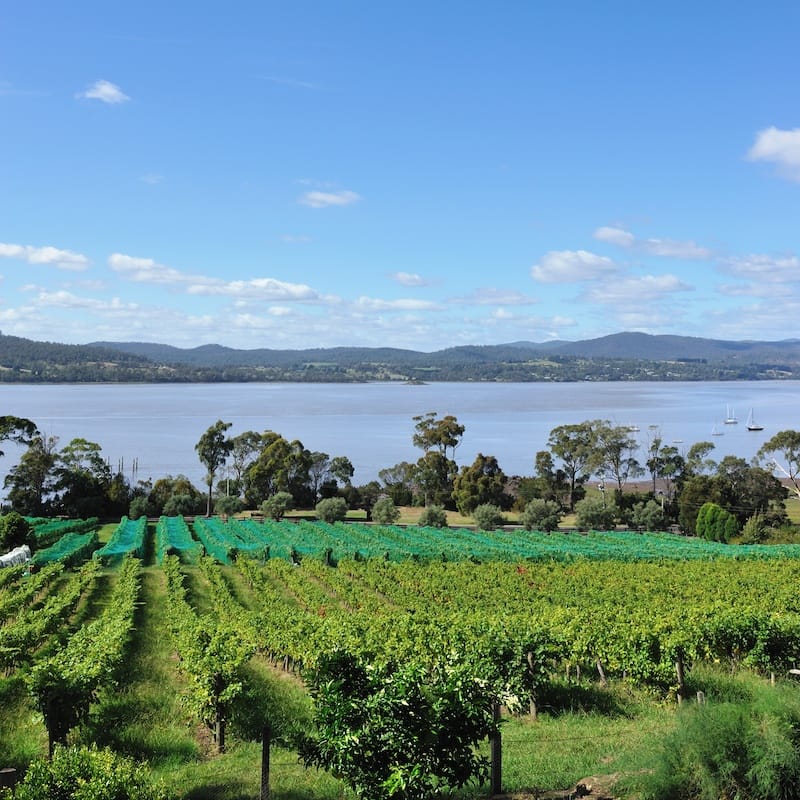
A large number of people worked very hard to make the whole event a success. One person who deserves a special mention is 85-year-old Josef Chromy, the generous man whose winery was the centre of most of the activity. Josef arrived in Tasmania from Czechoslovakia in 1950 without any money, having survived both the Nazi and the Soviet occupations of his native land. Through hard work, he built up a very successful business in Blue Ribbon Meat Products, which was publicly floated late last century. More recently, Josef started to invest in the Tasmanian wine industry. He became involved with several different wineries before Josef Chromy Wines was launched in late 2007. The brand has since amassed 23 trophies and 340 medals. There are no indications that he will be slowing down any time soon.
It has to be said that now is the time for Tasmanian wines, proven by the sheer quality of the wines that are being produced, from sauvignon blanc, chardonnay, pinot noir and syrah (cool-climate shiraz) to especially the sparkling wines. They are comparable in quality to Champagne, although different in style as they are an expression of Tasmanian ‘place’ (terroir), and at a significantly lower cost to the consumer. Their achievements are all the more impressive for the fact that the Tasmanian wine industry, after a false start in the 1800s, did not really kick off again until 1956. What a way to celebrate their 60th anniversary!
Yet, while Australia is currently the fastest growing market in the world for Champagne, sales of Australian sparkling wines are on the decline. How can this be happening at a time when Tasmanian sparkling wine is setting new benchmarks for excellence, and is producing world-class sparkling wines? It is incomprehensible.
Tasmanian wines aren’t always easy to find on the big island to the north (Australian mainland) and there is a very good reason for that. Tasmania is a small boutique producer, kind of like the little winery that makes gorgeous, individualistic wines in your local region, rather than the big guys churning out mega-litres. To put it into perspective, Tasmania produces only 0.3 percent of Australia’s wine at just over 10,000 tonnes from 160 licenced producers. There are a number of individual wineries on the big island that each on their own process more tonnage than Tasmania does as a whole.
It was also noted that Tasmania does not have any wines at under the $15 per bottle price point as they only produce premium wines. This is mainly because the average cost per tonne of grapes in their cool climate is around $2575 as opposed to $445 on the big island. Having a cool climate, just over 40 percent of Tasmanian wine is made from pinot noir as opposed to a mere two percent on the mainland.
This was an amazing trip. All the wines were excellent, with some of the sparkling wines being mind-bendingly good, and the local produce is world-class.
The Effervescence Sparkling Wine Festival is brilliant, the people are warm and friendly and the place so beautiful, that Tasmania really deserves another visit – very soon!
SHOWING OFF
Did you know that in 2015, a sparkling wine was selected as the Best Wine of the Show at the National Wine Show of Australia? It was the Arras Blanc de Blanc 2006, which not only won the Top Sparkling trophy but also the Len Evans Memorial Trophy for Champion Wine of the Show. While the Arras Grand Vintage 2007 won The KPMG Best Wine of the Show trophy in this year’s Sydney Royal Wine Show. In the Royal Brisbane Wine Show, the Arras Grand Vintage 2007 won trophy for the Best Sparkling and also The Courier Mail Grand Champion Wine Best Wine of the Show trophy. So, for the very first time in Australian wine history, in three of the seven top wine shows, a Tasmanian sparkling wine was declared as the best wine of the show, beating the traditional reds or chardonnay as the top wine. That is an awesome achievement.
Dan Traucki is a wine journalist and a wine industry consultant specialising in assisting with exports to Asian markets. Email: dan@wineassist.com.au

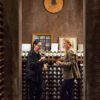
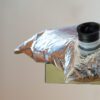



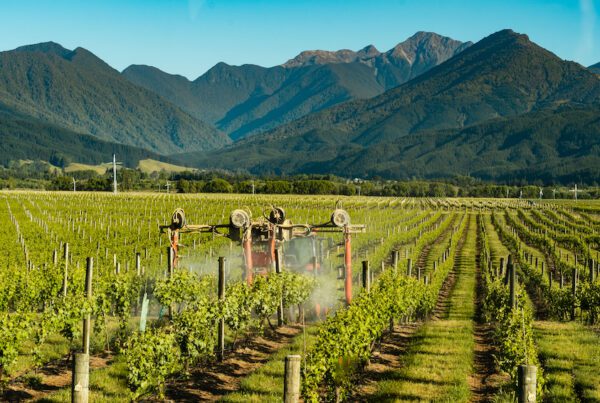

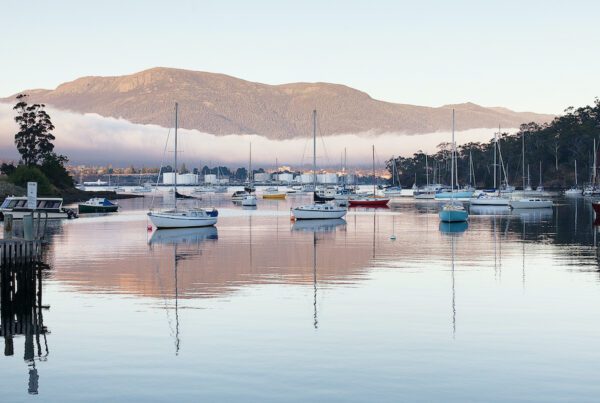
Recent Comments